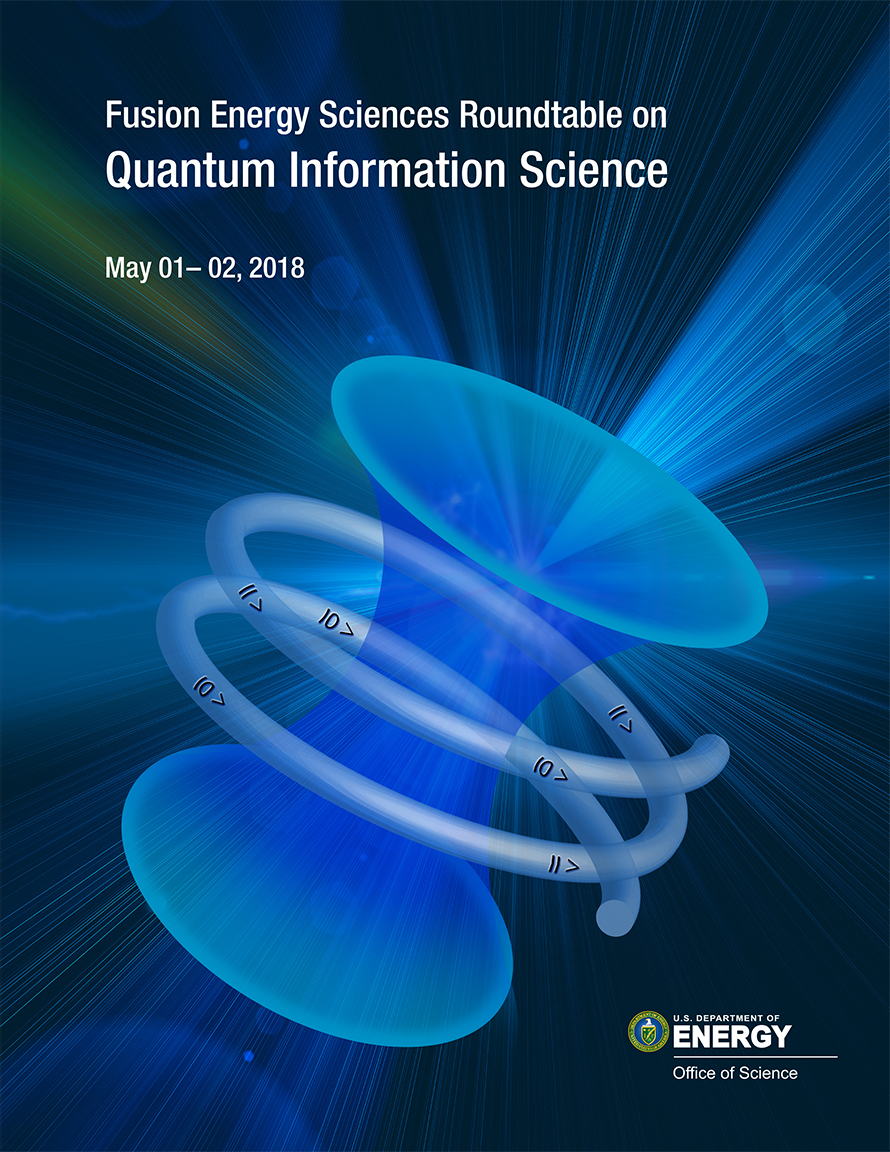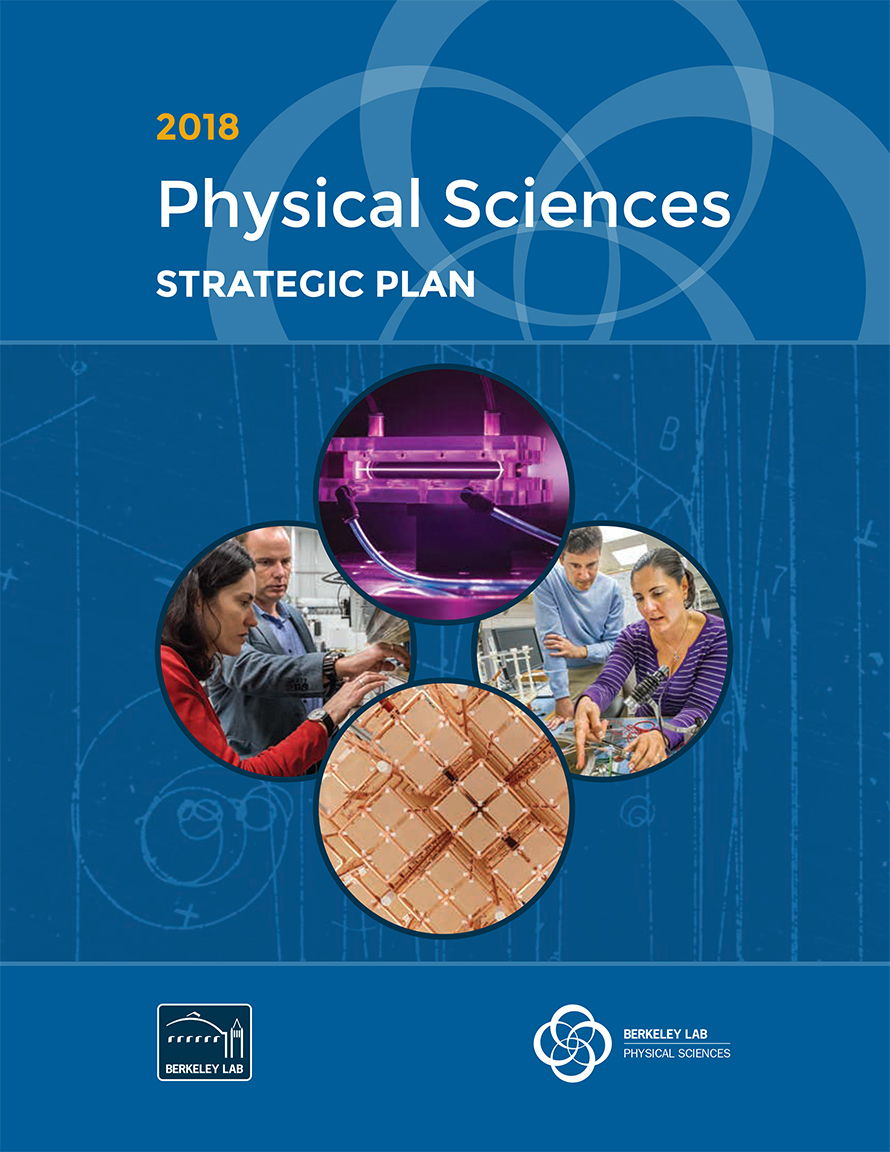
Fusion and plasma sciences and the emerging field of quantum computing and communications could have a variety of mutual benefits, according to the recent report of the Fusion Energy Sciences Roundtable on Quantum Information Sciences. The Roundtable, chaired by ATAP’s Thomas Schenkel and co-chaired by Bill Dorland of the University of Maryland, outlines three priority research opportunities in each of two broad categories: “Quantum for Fusion,” which covers what this new processing and communication paradigm might do for computation-hungry problems in plasma sciences and fusion energy, as well as instrumentation and control; and “Fusion for Quantum,” the use of fusion- and plasma-related techniques in making and simulating quantum information systems.

The document lays out the five- to ten-year framework in which the four divisions of this associate laboratory directorate (ATAP, Physics, Nuclear Science, and Engineering) address some of the most compelling questions in their fields. It shows how our activities fit into the big picture of science, and the ways they are aligned with national needs, agency priorities, and the guidance of our peers.

The U.S. Magnet Development Program is a multi-institutional partnership, coordinated by Berkeley Lab, to aggressively pursue the development of superconducting accelerator magnets that operate as closely as possible to the fundamental limits of superconducting materials and at the same time minimize or eliminate magnet training. Fermilab and the National High Magnetic Field Laboratory at Florida State University are partners with us in the Magnet Development Program.
The program is focused on transformational magnet technologies. As a High Energy Physics-funded program, the primary focus is on magnets for accelerators, but the generic approach will develop magnet technologies that can be applied to a large variety of applications across the DOE Office of Science and beyond.

The topic of the workshop, held at Berkeley Lab May 9-11, was near- and long-term technology prospects for ultrafast lasers that could operate in the multi-kW to even tens-of-kW average power range. Such laser performance is needed for k-BELLA, further stepping stones to a laser-plasma accelerator relevant to high-energy physics, and spinoff benefits en route.

The Berkeley Center for Magnet Technology (BCMT) serves Berkeley Lab and the larger DOE community as a full-spectrum resource for both R&D and schedule- and cost-driven, project-oriented production of advanced magnet systems.